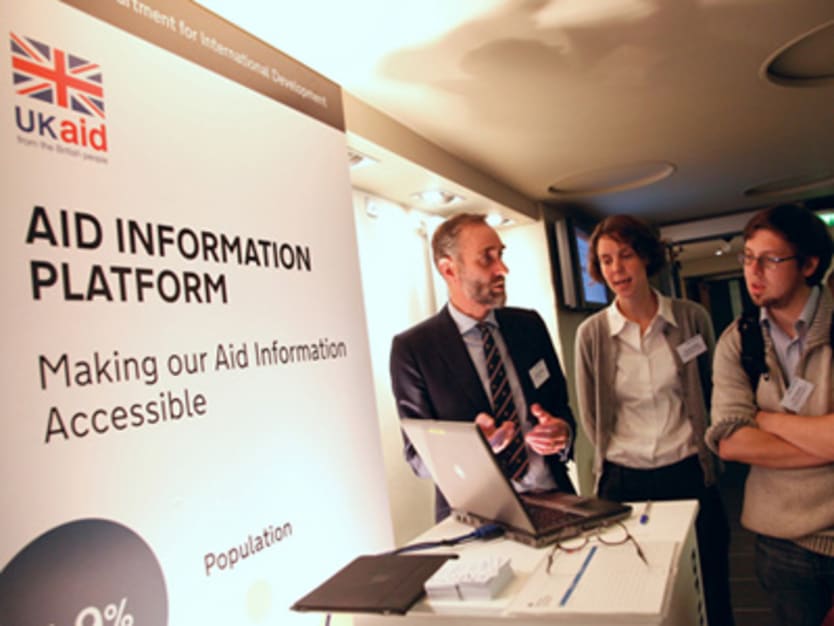
Just this June, the U.K. Department for International Development launched its latest weapon in aid transparency: A dedicated website detailing where and how the agency uses it budget.
While still in beta mode, the so-called Development Tracker is an important addition to the agency’s transparency efforts. DfID has been a leading institution among its peers on aid transparency, and has been pushing the issue forward in different fora throughout the year — from the G-8 summit in Northern Ireland to the coming Open Government Partnership that the United Kingdom will also be hosting next week.
But will these efforts be enough for the agency to secure the topmost spot again among other donor agencies and organizations in this year’s aid transparency index?
Moving beyond rhetoric
DfID has had a good record on transparency, and Justine Greening wants to keep it that way under her leadership.
In her first year in office, the British development secretary stepped up DfID’s game by creating vehicles such as the Aid Transparency Challenge Fund to help stimulate the development of open source tools to help people use publicly-available data, or the multi-stakeholder International Development Sector Transparency Board.
These initiatives have led many to call the agency a “game changer” in international development. But some issues remain contentious and some of these commitments have yet to move beyond rhetoric, according to Carolyn Culey, senior policy adviser at Development Initiatives.
For instance, Greening’s commitment in Dec. 2012 to require all organizations — including private sector contractors — to publish data in IATI format on their use of U.K. aid has “moved quite slowly.” DfID also has yet to make public an internal spending review on its use of private consultants.
“Similarly, the idea of a challenge fund to encourage the development of open source tools is a good one, but we’ve seen little progress in establishing this so far,” same as with the transparency board, Culley told Devex.
New ranking method
Last year, DfID topped Publish What You Fund’s transparency index, and was one of only two organizations — the other one being the World Bank’s International Development Association — that scored “good.”
But the past months have seen other funding institutions improving substantially on transparency.
For instance, the U.S. Agency for International Development and the U.S. Treasury published their first data in IATI-format, and the U.N. Development Program released comprehensive information on its projects through a new website.
A spokesperson for Publish What You Fund however argued that the methodologies used in this year’s index, which is coming out on Thursday, are quite different, and so would make comparing the list to last year’s difficult. The format of published data for instance will figure largely in the rankings.
Read more development aid news online, and subscribe to The Development Newswire to receive top international development headlines from the world’s leading donors, news sources and opinion leaders — emailed to you FREE every business day.








